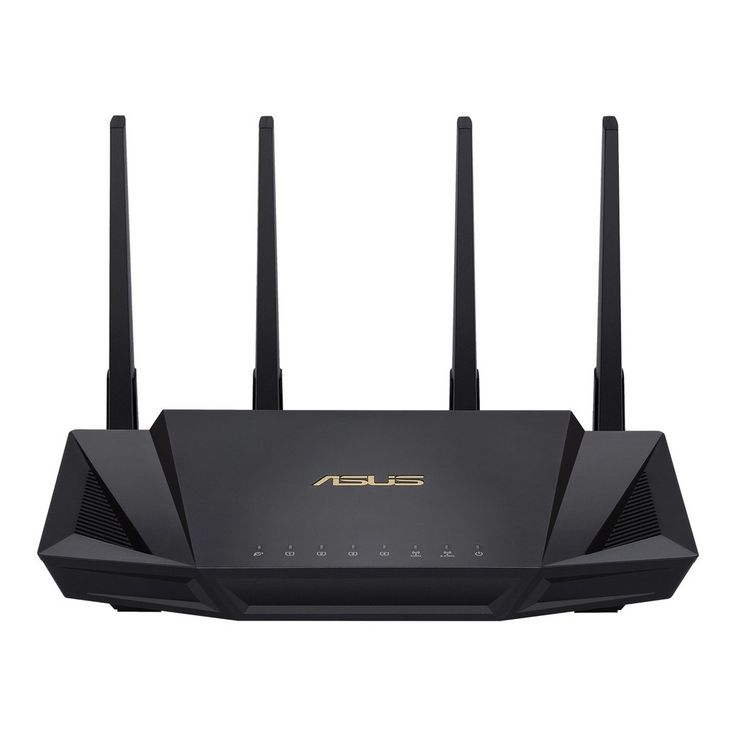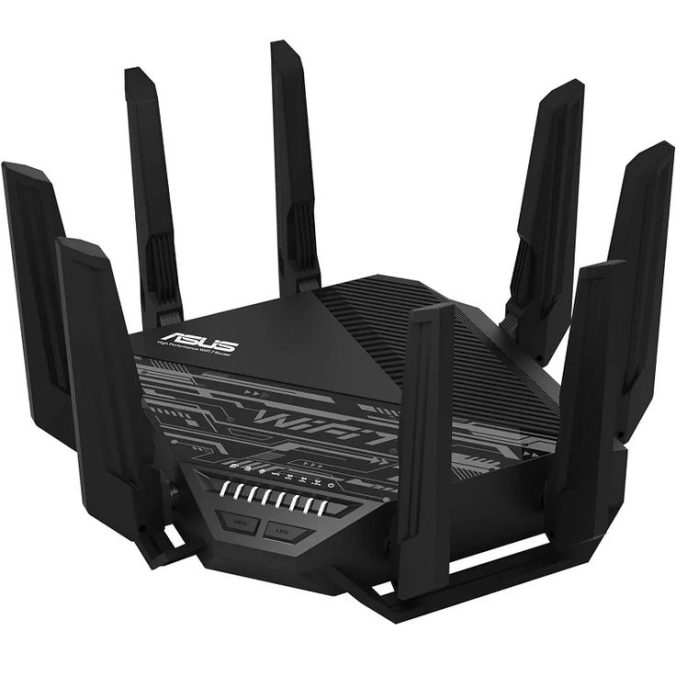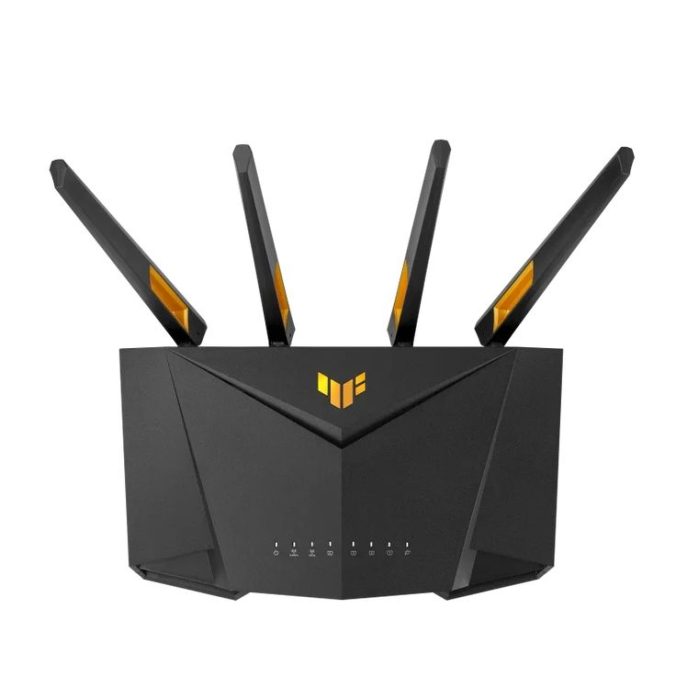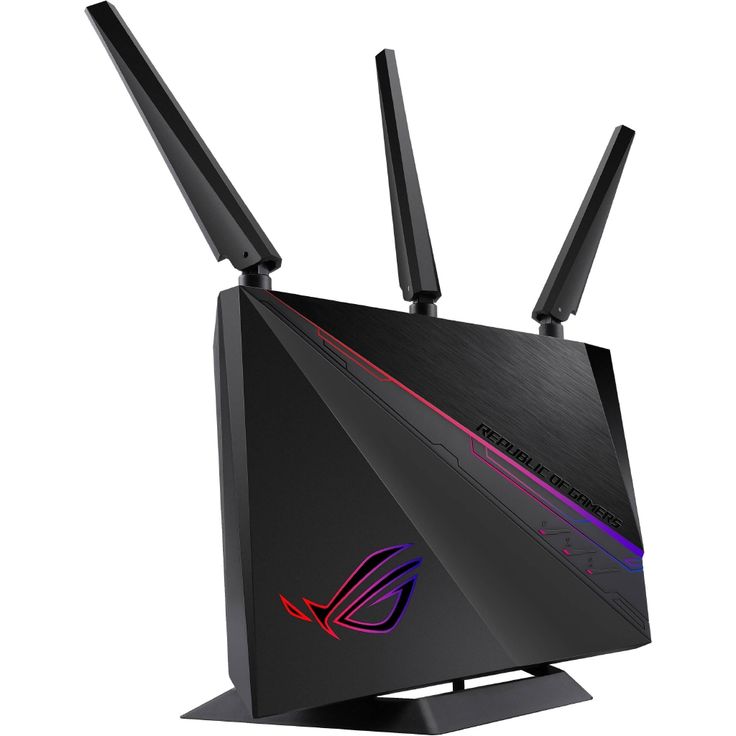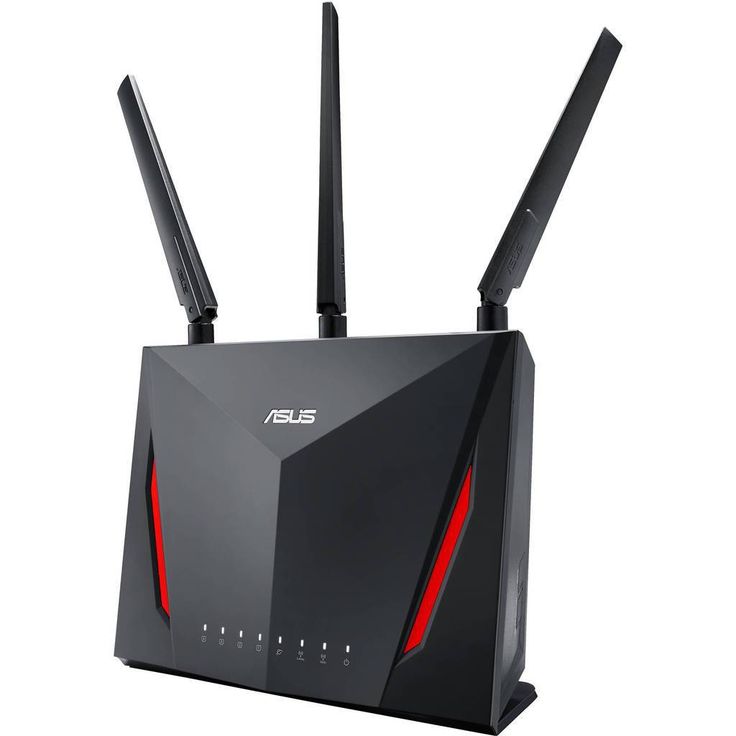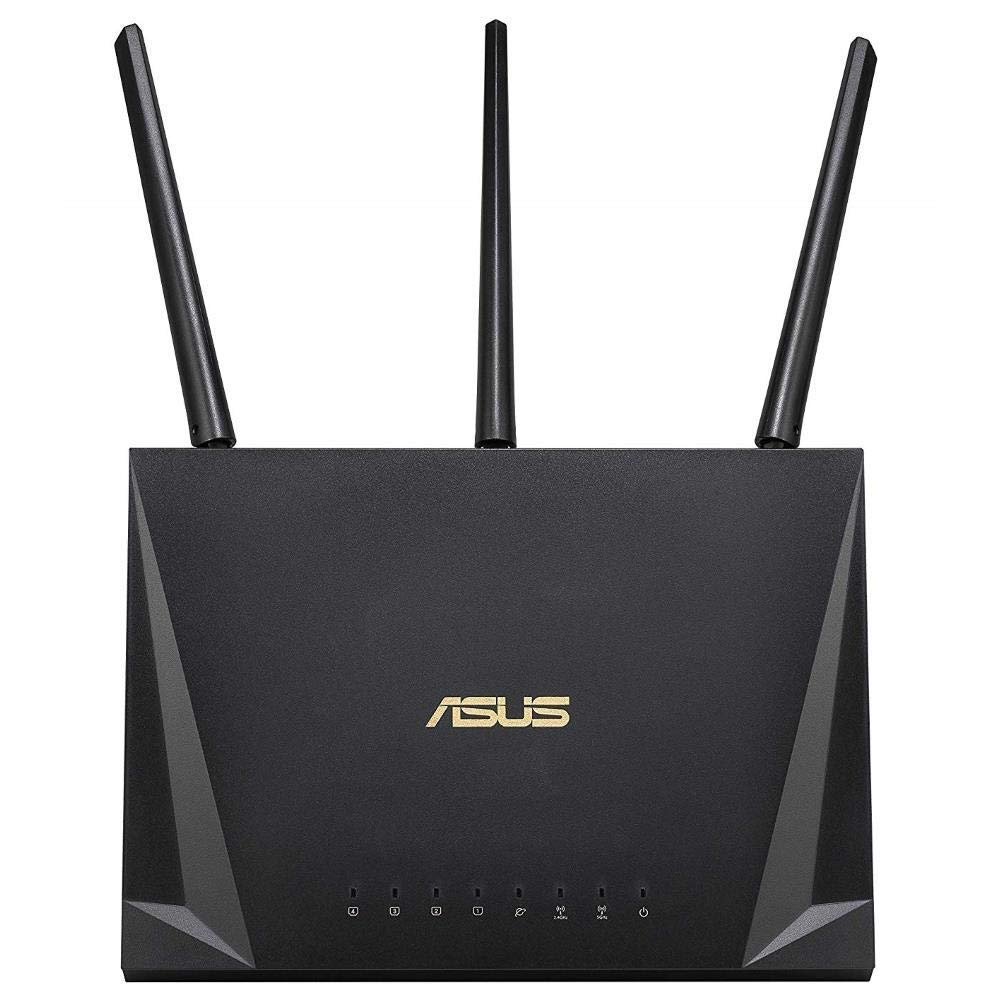How to Asus Router Access Dashboard
Gaining entry to your Asus router‘s dashboard is a straightforward process. To start, ensure your device connects to the Asus router network. Open a web browser of your choice on your device. In the address bar, type the Asus router’s default IP address. For most Asus routers, this IP is either 192.168.1.1 or 192.168.0.1. Press ‘Enter’ and wait for the login page to appear. Here, you will use the default credentials, unless you’ve changed them before. Typically, both the username and password are ‘admin’. Once you input these, hit ‘Log in’ to enter the Dashboard. Now, you have full access to tweak and configure your router’s settings to your liking.
Remember, if ‘admin’ doesn’t work, check the router‘s manual. It may have a unique set of credentials. Also, ensure you’re directly connected to the router and not via a repeater or extender. Direct connection avoids access issues that might arise. If problems persist, resetting the router to factory settings can help, but keep it as a last resort.

Default Login Credentials for Asus Routers
To manage your Asus router, you need the correct login credentials. Most Asus routers come with a pre-set username and password. The common default username is ‘admin’. The default password is usually ‘admin’ as well. These credentials give you access to the Asus router dashboard when entered correctly.
Securing your router is vital. After you initially log in using the default credentials, it’s wise to change them. Use a strong, unique password for better security. This reduces the risk of unauthorized access to your network. Here’s how you can do it:
- Log into the Asus router dashboard as outlined above.
- Navigate to the ‘Administration’ or ‘System’ section.
- Select the option to change the username or password.
- Enter a new username and a strong password. Combine upper and lower case letters, numbers, and symbols.
- Save the changes to ensure the new credentials are active.
Remember to keep the new login details secure. Write them down or store them in a password manager for future reference. If you forget the customized credentials, you may need to reset the router. This brings it back to default settings and you’ll need to reconfigure your network again.
Step-by-Step Guide to Changing Network Settings
Modifying the network settings on your Asus router allows for customized internet access. This guide provides a simplified, clear approach to adjusting these settings effectively. Below are the essential steps to follow:
- Log into your Asus router dashboard: Start by accessing the Asus router’s dashboard using the method described previously. Ensure you’re connected to the router’s network.
- Navigate to the ‘Network’ section: Once logged in, look for a tab or link labeled ‘Network’ or ‘LAN’ in the dashboard menu.
- Change the network settings: Here you can configure various parameters such as the SSID (network name), network password, and router IP address. Each of these settings is adjustable.
- Adjust the DHCP settings: DHCP is responsible for assigning IP addresses to the devices on your network. You might want to enable or disable DHCP or modify the range of IP addresses assigned.
- Save your changes: After making the desired changes, always remember to save them. There will typically be an ‘Apply’ or ‘Save’ button at the bottom of the settings page. Click it to ensure your changes take effect.
- Restart the router: It’s often recommended to restart your router to apply changes thoroughly. This can be done directly from the router’s dashboard or by manually unplugging the device and plugging it back in.
By following these steps, you can tailor your network settings to meet your specific internet access needs. These changes can enhance your network’s efficiency and security. Remember, accessing and adjusting your Asus router is much easier when you understand how to navigate its dashboard.

Setting Up Security Features on an Asus Router
Securing your Asus router is crucial to protect your network from unauthorized access. Here are the key steps to enhance the security of your Asus router:
- Change Default Login Credentials: As mentioned earlier, the default username and password for most Asus routers are ‘admin’. Change these to something more secure as soon as you log in for the first time.
- Enable WPA3 Encryption: Access the ‘Wireless’ section in your Asus router dashboard. Select the option for WPA3, the latest security protocol, to secure your Wi-Fi network.
- Disable WPS: While WPS (Wi-Fi Protected Setup) offers a quick method to connect devices, it can be vulnerable. Turn it off in the router settings to prevent potential breaches.
- Update the Router’s Firmware Regularly: Manufacturers often release updates to improve security features. Check for updates in the ‘Administration’ tab and install them promptly.
- Limit Access to Router’s Dashboard: Restrict dashboard access by changing the router’s IP address and disabling remote management in the ‘System’ settings.
- Use a Guest Network: Create a separate network for guests. This keeps your main network secure. Enable the guest network option and set a different password.
Implementing these security steps will strengthen your Asus router’s defenses and ensure a safer internet environment.
Configuring Wi-Fi and Guest Networks
Configuring your Asus router to tailor Wi-Fi and guest network settings is crucial. This setup enhances network management and security. Here are the steps to customize these settings efficiently:
- Access the Wi-Fi Settings: First, log into your Asus router dashboard. Navigate to the ‘Wireless’ section. Here, you can manage your Wi-Fi settings.
- Set Up Your Main Wi-Fi Network: Customize the SSID (network name). Choose a strong, unique password to secure it. Select a Wi-Fi encryption protocol, with WPA3 being the most secure option.
- Configure Guest Networks: Guest networks allow visitors to access the internet without compromising your main network’s security. To set up a guest network, find the ‘Guest Network’ option in the wireless settings. Enable the guest network and set a distinct SSID and password for it.
- Adjust Bandwidth and Access: You can control how much bandwidth the guest network uses. Limit access times for guests, if necessary.
- Apply and Save Changes: After configuring your settings, click ‘Apply’ or ‘Save’. This ensures all changes are implemented.
- Test the Networks: Finally, connect devices to the main and guest networks to test if they work as expected.
By following these simple steps, you can effectively manage and secure your Wi-Fi and guest networks using your Asus router. This setup not only improves the overall security but also enhances the user experience for both household members and guests.

Troubleshooting Common Access Issues
Facing issues accessing your Asus router can be frustrating. Here are common problems and their solutions:
- Incorrect Login Credentials: Ensure you’re using the correct username and password. If you’ve forgotten, reset your router.
- Router Not Responding: Check if the router is powered on and all cables are secure. Restart if necessary.
- IP Conflicts: Make sure no other device uses the router’s IP address. Change it if needed.
- Browser Cache Issues: Clear your browser cache. It may prevent you from accessing the dashboard.
- Firewall Restrictions: Disable firewall settings temporarily to see if they block access to the router.
- Firmware Outdated: Update the router’s firmware. Old firmware can cause access issues.
Apply these fixes to solve common access issues with your Asus router.
Updating Firmware for Enhanced Performance
Keeping your Asus router’s firmware up-to-date is crucial for maintaining good performance and security. Here’s how to update your firmware effectively:
- Check the Current Firmware Version: Log into your Asus router dashboard. Look for the ‘Administration’ or ‘System’ section. Here, you can see your current firmware version.
- Visit the Asus Support Site: Go to the official Asus website. Navigate to the ‘Support’ section. Enter your router model to find the latest firmware.
- Download the Latest Firmware: If a new version is available, download it to your computer. Ensure the file matches your router model to avoid issues.
- Upload the Firmware to Your Router: Return to your router dashboard. Go to the ‘Firmware Upgrade’ section. Use the upload tool to select and install the downloaded file.
- Apply the Update: Follow the on-screen instructions to apply the update. This process may take a few minutes. Do not turn off the router during this time.
- Restart the Router: Once the update completes, restart your router. This ensures all changes take effect properly.
- Verify the Update: Log back into the dashboard. Check the firmware version to confirm the update was successful.
By following these steps, you can ensure your Asus router runs the latest firmware. This enhances your network’s performance and security.
Tips for Optimizing Router Configuration
Optimizing your Asus router configuration boosts performance and enhances security. Here are tips to get the most out of your router settings:
- Update Regularly: Always ensure your router’s firmware is current. This improves security and functionality.
- Optimize Wi-Fi Channels: Choose the least crowded Wi-Fi channel to minimize interference and enhance speed.
- Enable Quality of Service (QoS): QoS prioritizes traffic to ensure high performance for critical applications.
- Set Strong Encryption: Use WPA3 encryption for your Wi-Fi to protect your network from unauthorized access.
- Limit Bandwidth on Guest Network: Apply limits to ensure your main network retains high speeds.
- Disable Features You Don’t Use: Turn off services like WPS, UPnP, or remote administration if not in use to reduce vulnerabilities.
- Regularly Change Passwords: Update your Wi-Fi and admin passwords frequently to reduce the risk of breaches.
- Monitor Connected Devices: Regularly check and manage devices connected to your network to avoid unknown access.
By implementing these tips, you can optimize your Asus router for better performance and a more secure network. Remember to regularly check and adjust these settings to maintain an optimal setup.







